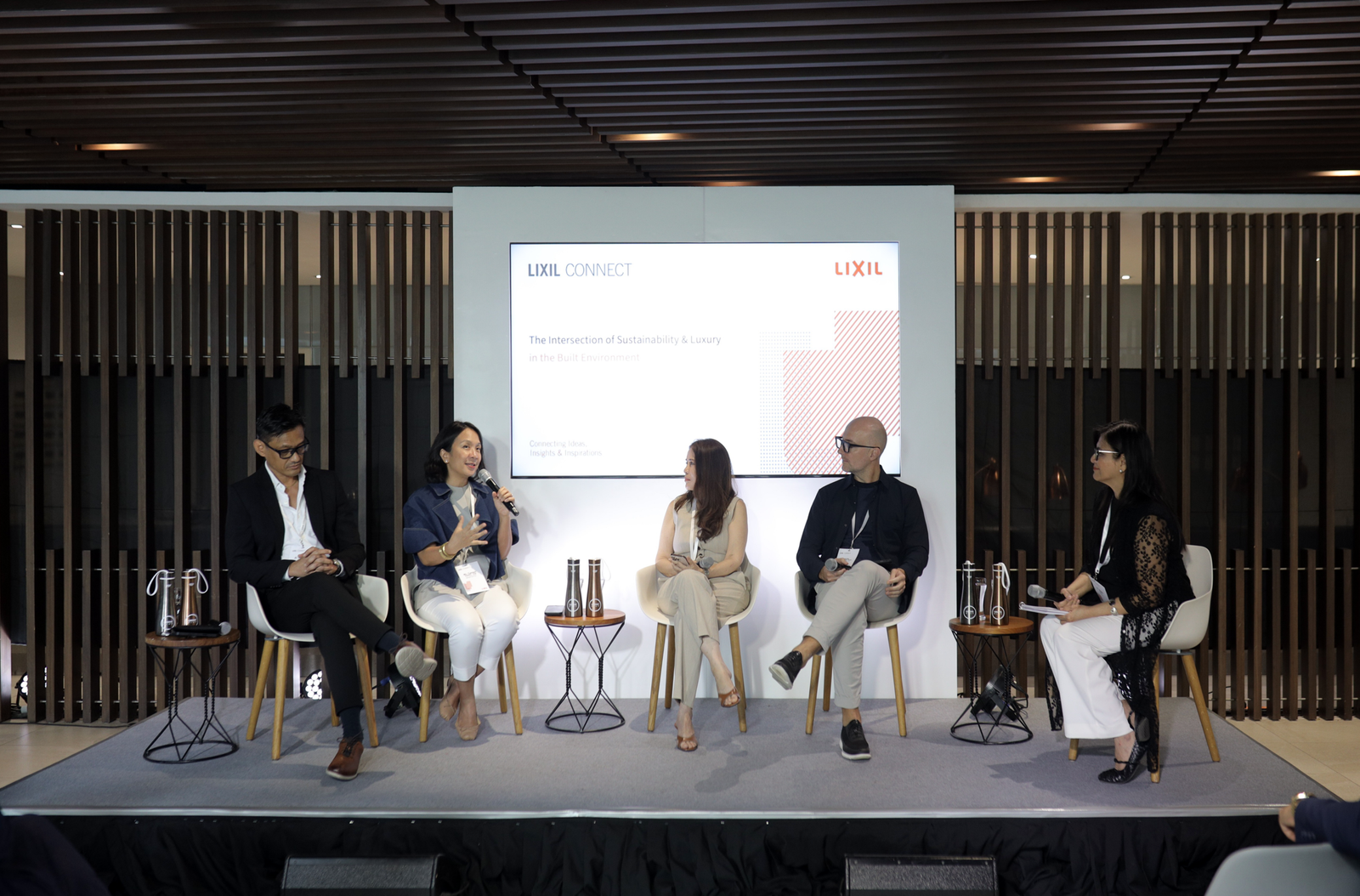Words The Kanto team
Images LIXIL CONNECT
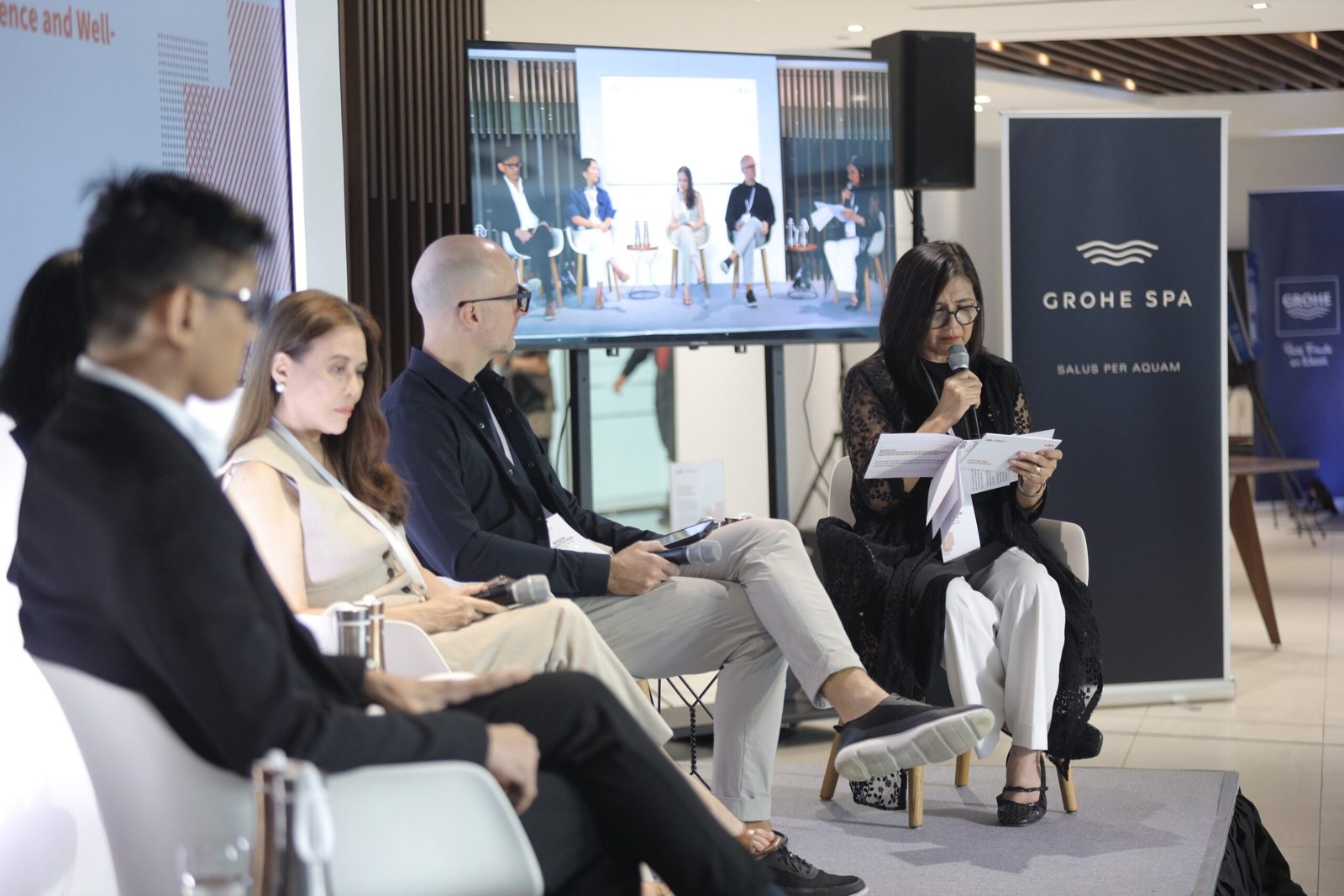

Editor’s Note: The following is an abbreviated account of the LIXIL CONNECT panel held last October 2, 2025 at 5th on Fifth, Bonifacio Global City. Panelist quotes and other soundbites have been responsibly edited for brevity and legibility in an article format.
“Isn’t it a given,” an online audience member asked, “that if you can afford luxury, you can afford sustainability? Shouldn’t we focus instead of how to make sustainability affordable to most?”
That statement, pointed, almost accusatory, hung in the air at LIXIL CONNECT’s first Manila edition last October 2, setting the tone for an afternoon that tested whether luxury and responsibility can truly coexist. Organized by sanitaryware giant LIXIL, LIXIL CONNECT is a design-led platform that gathers spatial doers and thinkers across Asia Pacific for immersive exchanges via journeys, dialogues, masterclasses, and more.
For that afternoon’s engaging discussion, Architect Joseph “AJ” Javier, interior designer Tina Periquet, developer Carmen Jimenez-Ong, and industrial designer Antoine Besseyre des Horts of LIXIL Global Design Asia, guided by moderator architect Cynthia Funk of Creative Innovations Collective, unpacked the seeming conundrum “sustainable luxury” presents and found it less a contradiction than a conviction. The panel arrived at a consensus that true privilege lies not in having more, but choosing better, and that the luxury of choice sustainable luxury presents is one more of society could enjoy, but only if we enable the structures and authorities that govern it.
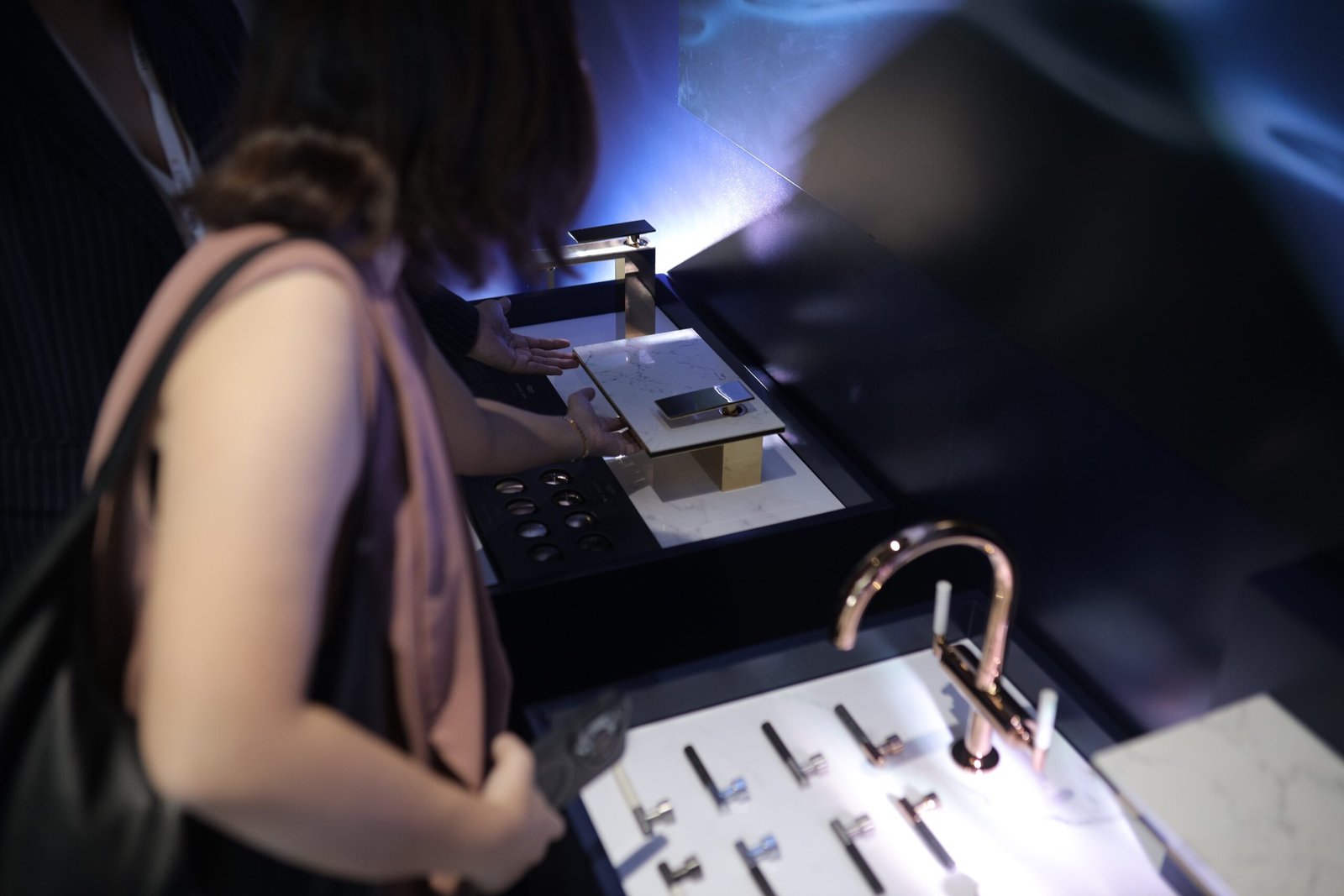
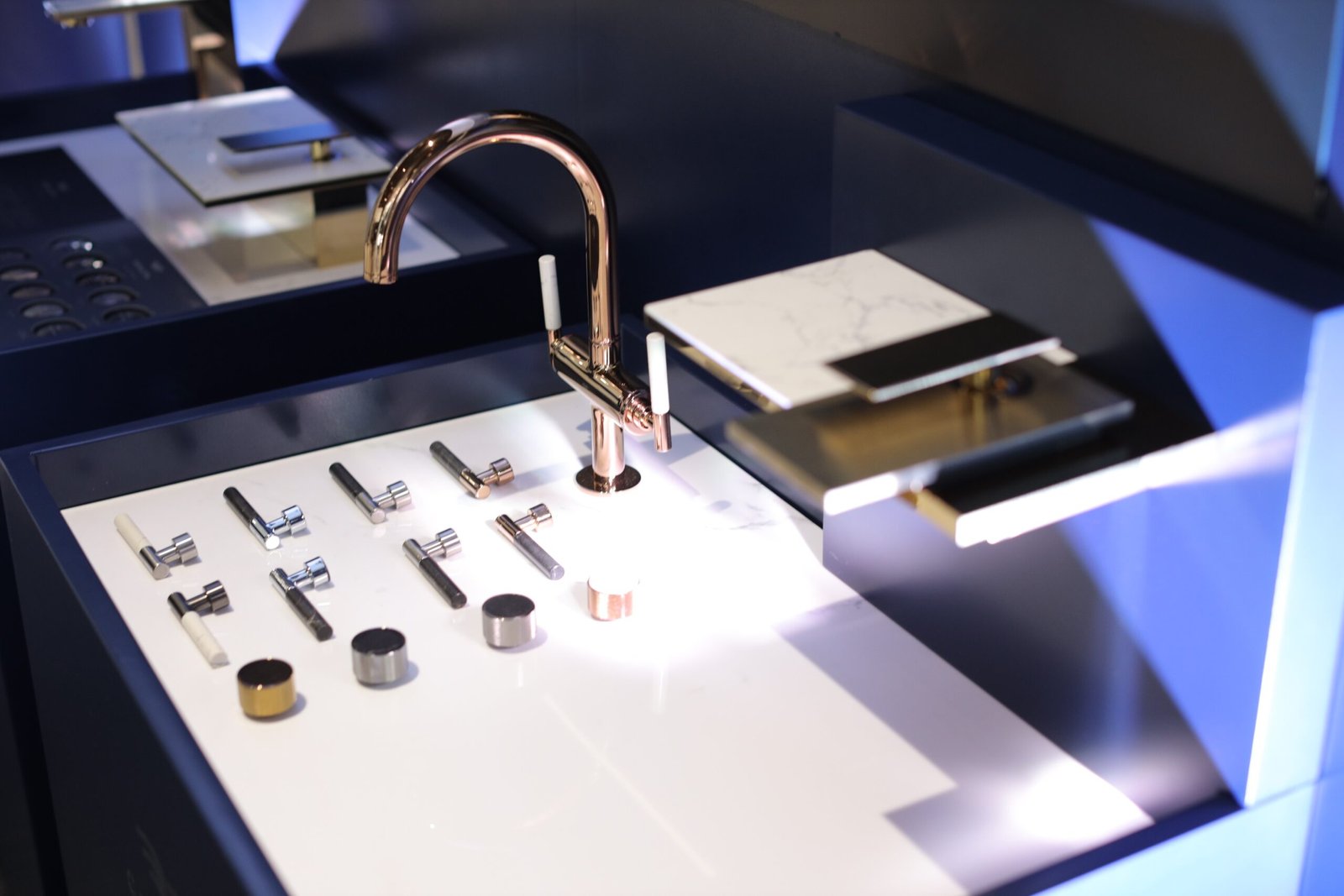
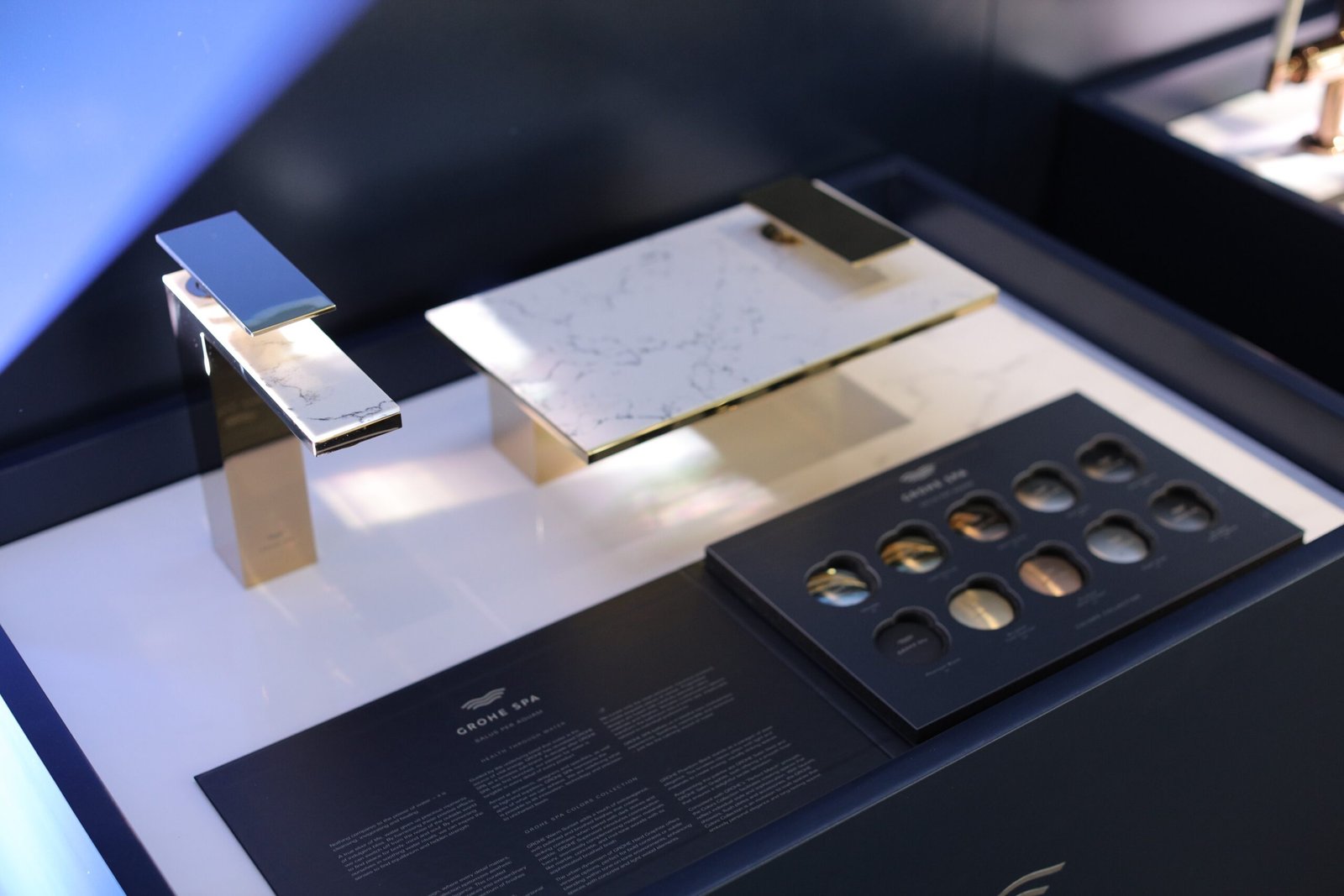
Framing and defining sustainable luxury
Asked to define sustainable luxury, Javier Design Studio’s AJ Javier began by bringing it back to people. “Sustainability isn’t actually about saving the planet,” he said. “It’s about sustaining the human way of living: commerce, culture, leisure, education. The planet will survive with or without us.” Luxury, he continued, is often equated with comfort and surplus; evolving mindsets now see the marriage of both as living a life of meaning, anchored in wellness. It becomes an ethos to sustain healthier, happier lives.
Interior architect and lighting designer Tina Periquet of Periquet Galicia agreed that meaning matters but drew a finer line. “Extravagance implies waste,” she said. “Luxury implies abundance, sometimes judicious waste.” Her distinction underscores that abundance and waste are not the same act; “luxury is choice,” she says, “while extravagance is excess.” She called sustainability “the economy of means,” a discipline that creates beauty within boundaries. “We build beauty into the bones,” Periquet shares alluding to her studio’s approach.
Menarco Development Corp.’s Carmen Jimenez-Ong took the discussion somewhere more physical: the body itself. “You can have everything, but if people aren’t healthy, none of it matters,” she said. For her, luxury is breathable air, drinkable water, and materials that don’t harm the people they shelter, equating sustainability to “luxury with a conscience.”
Funk paused, noting how the conversation kept returning to purpose. When she turned to LIXIL Global Design Asia leader Antoine Besseyre des Horts, he described that same shift from a brand’s point of view. “Sustainability and luxury have always shared DNA: craftsmanship, longevity, care,” he said. “The new definition of luxury is meaningful exclusivity.” And younger generations, he added, are the ones insisting that responsibility is part of beauty.
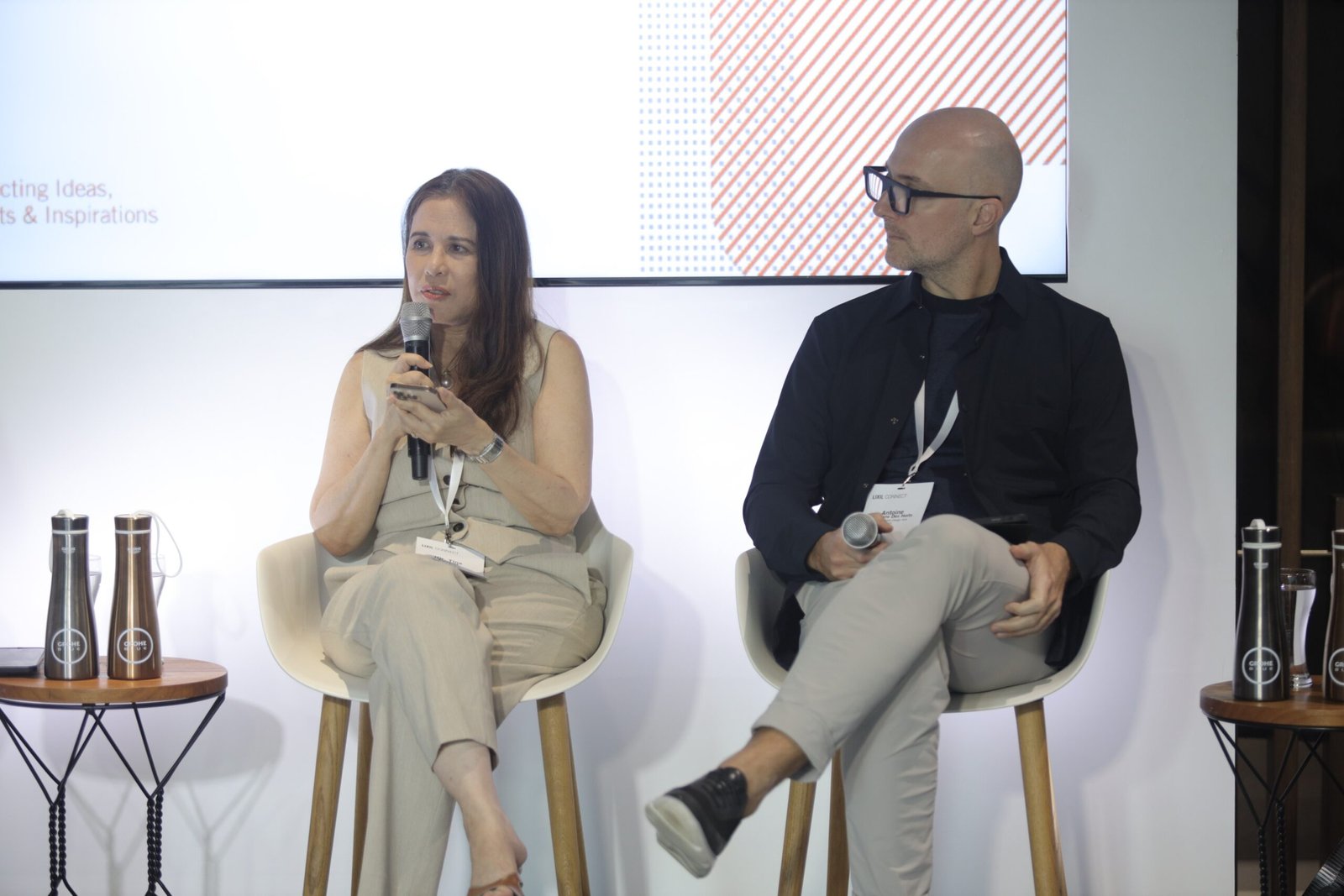

Translating sustainability into spaces of luxury and purpose
Periquet described her process as orchestration: setting priorities, identifying needs, and finding harmony among them. “Thinking in systems is like leading an orchestra, not playing solo,” she explained. Every element must multitask: like how a staircase links floors but also form a room or conceal storage. “You add value when your decisions connect.”
Besseyre des Horts picked up the thread. “When architects, interior designers, and product designers come together, we realize we’re talking about the same thing: touch, warmth, experience,” he said. Sustainable design, he argued, only works when everyone collaborates within one system.
Funk noted that the idea of collaboration echoed across every industry. “New luxury is becoming less about symbols,” she said, “and more about personal expression.”
Jimenez-Ong brought it back to practice. “What we’re trying to do at Menarco isn’t the norm,” she said. “The hardest part is changing mindsets.” Her team studies how air moves through buildings and installs systems that recycle water from sinks and air-conditioning condensate. “Air is invisible, but it’s everything,” she said. “We spend 95% of our time indoors. We want that air, and that water, to work for us.”
“Good design should make responsible living the default,” Besseyre des Horts added. As the conversation rolled back to sustainable luxury, Periquet smiled. “Sustainability luxury is like having your cake and eating it too, but without the calories.”
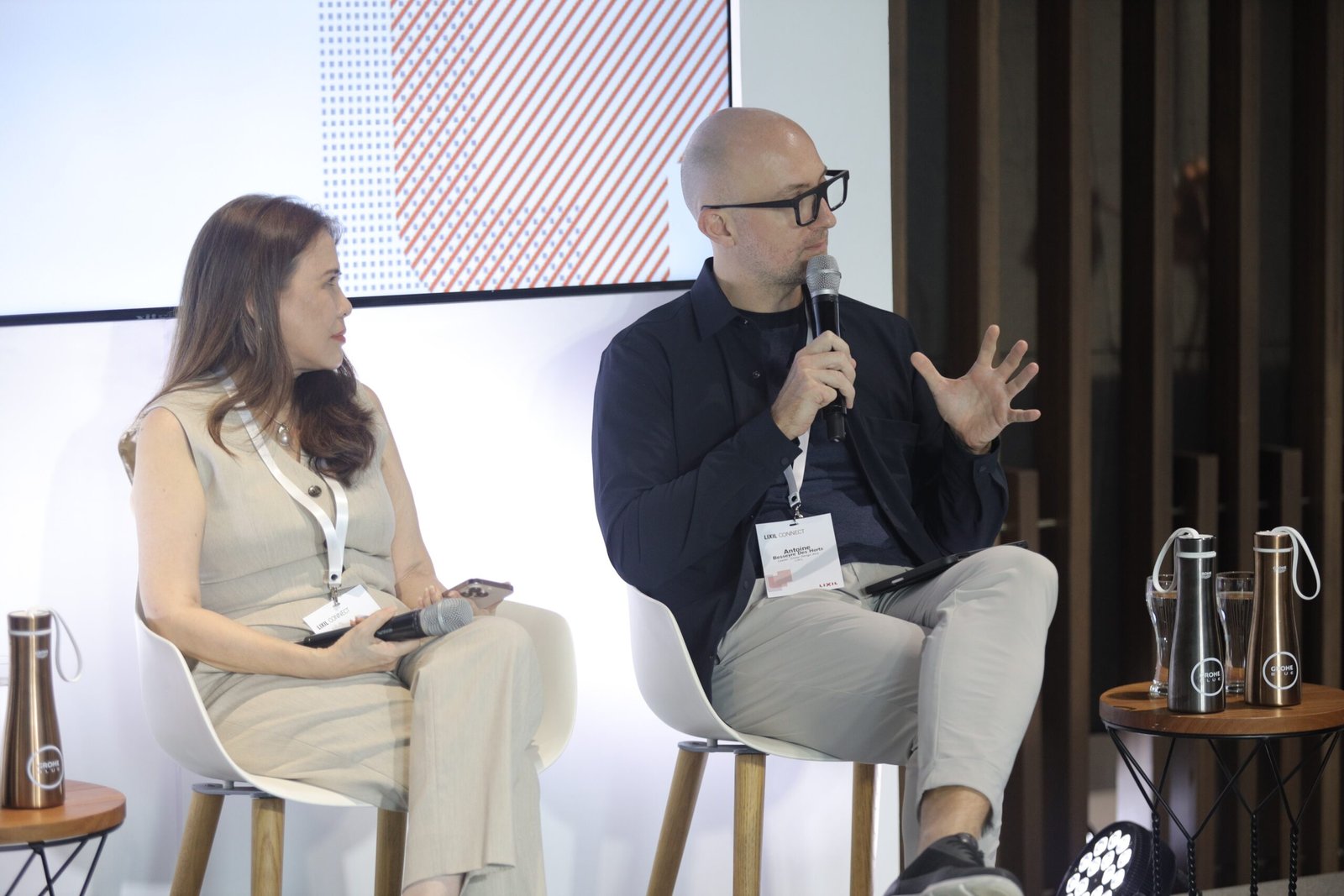

User experience and well-being
For Javier, intuitive design is itself a form of sustainability. “When design is intuitive, life flows easily,” he said. “You shouldn’t have to think about how to work a faucet.” When design fails, he added, “it drains, but when it works, it sustains you.”
Jimenez-Ong said people working in Menarco Tower often don’t realize how good design affects them. “They just feel better,” she revealed. “Headaches disappear, stress drops.” She pointed to light, air, and low-toxicity materials, invisible details that support well-being. She added that Menarco uses data, from circadian light studies to air-flow simulations, to prove that wellness isn’t just mood-based and comes with a measurable outcome. “Sustainability is stewardship,” she shared. “You can’t just build and leave. You need to build and care.”
For Besseyre des Horts, water connects comfort and conscience. “It defines our living spaces,” he said. “Its sound and movement bring calm.” Water, he added, is both technical and emotional; how we use it lays bare our values. He framed water as ritual as much as resource, something that shapes culture, memory, and behavior.
Funk steered the conversation to personal spaces. Periquet called the bathroom a modern sanctuary. “It’s called a comfort room in the Philippines for a reason,” she said. “It should restore you: physically, mentally, emotionally.” Privacy, reliable water, soft light, clean materials…when they come together, she said, “that’s true luxury.”
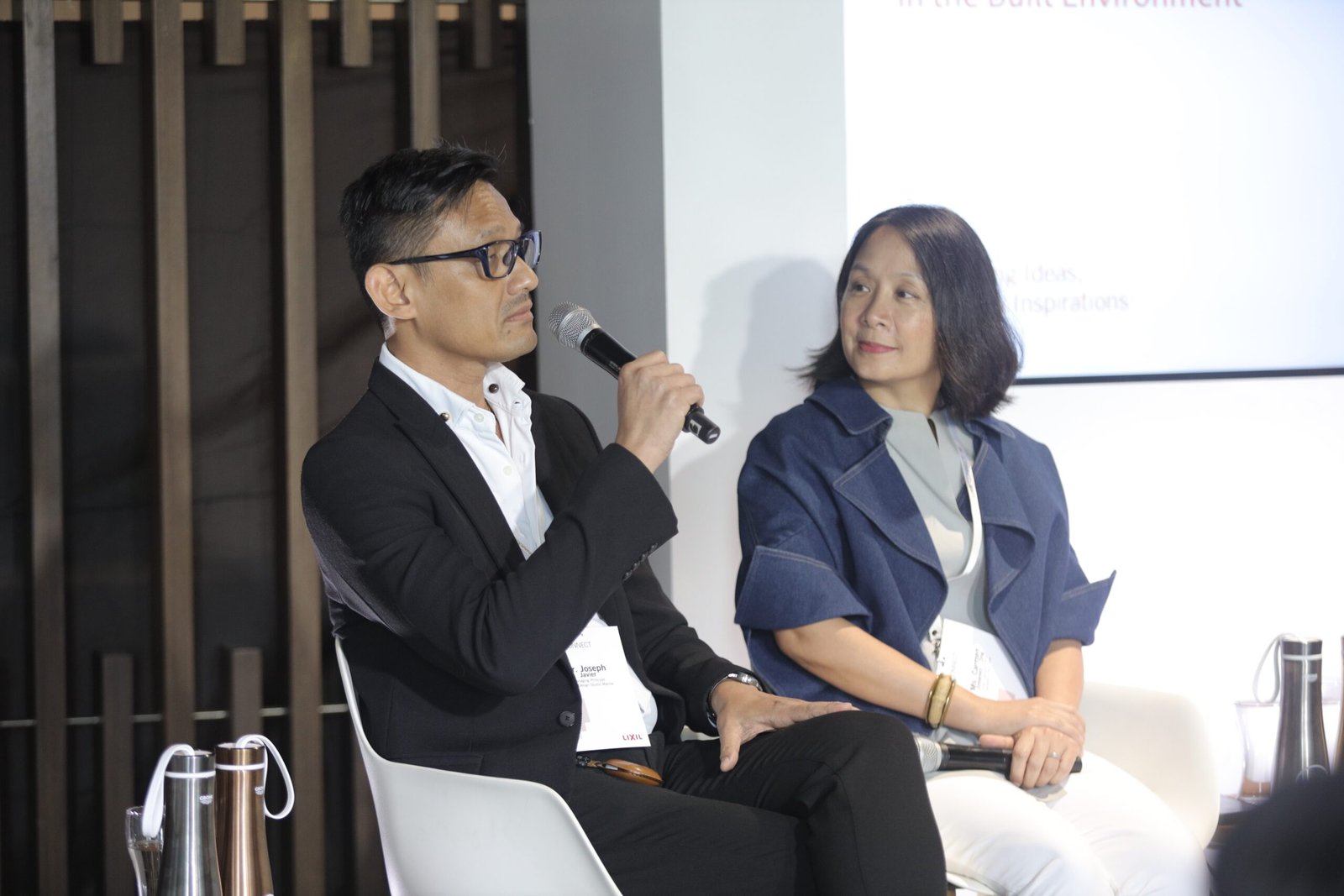

The bathrooms of tomorrow
When Funk asked the panel to play seers in envisioning the bathroom of the future, Javier spoke of regenerative design. “The old cradle-to-grave model is turning circular,” he said. He laughed about a twenty-year-old office project of his where LIXIL faucets still work perfectly. “They’re too durable,” he shared. “We can resell or donate them, and they’ll keep serving.”
Periquet pointed to bamboo and LED lighting as proof that innovation and responsible use of resources can coexist. “Bamboo used to be the poor man’s timber,” she said. “Now it’s sustainable, beautiful, and sought after, even in luxury projects.” Technology, she added, is making sustainable living seamless, from wireless systems to 3D printing.
“Many of GROHE’s ideas began as conversations with designers,” said Besseyre des Horts. “We embed sustainable behavior into design itself: intuitive controls, durable materials, finishes that belong naturally in their environments.”
Jimenez-Ong imagined the next evolution of comfort: a bathroom that knows you. “Light would adjust to mood, temperature would adapt, music would follow your energy,” she said. “The bathroom becomes a space where technology intuitively responds to people.”
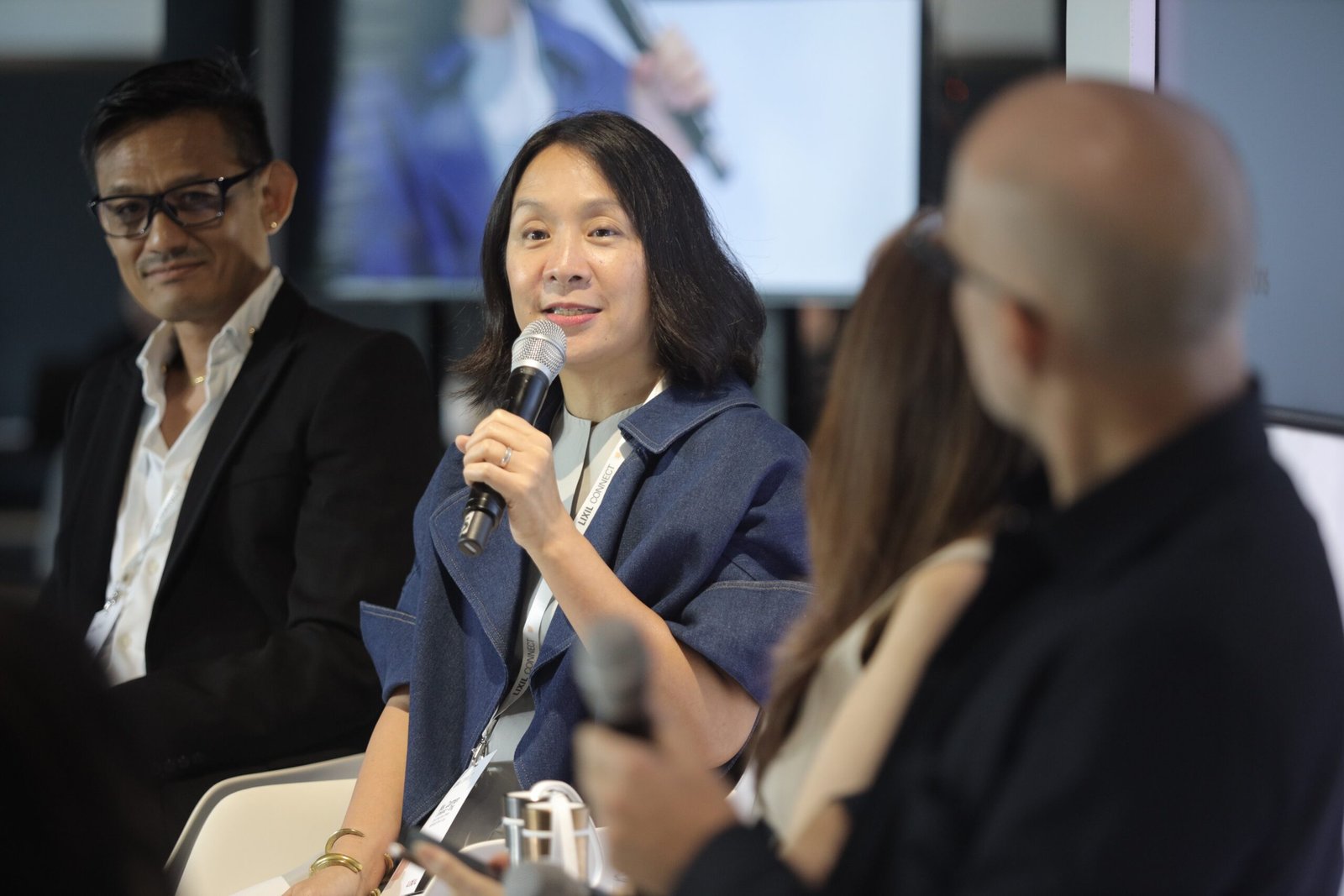

A matter of cost or choice?
An anonymous audience member’s question closed off the session: if luxury can afford sustainability, how can its benefits reach everyone?
Funk let the question sit before turning to Jimenez-Ong, who is pushing their wellness agenda beyond the office into mass housing. “The original sustainable space was the bahay kubo,” she said. This reminded the panel that Filipino culture once knew how to live lightly, abandoning vernacular wisdom for the convenience of speed and concrete. “The model already exists. The laws are already there. We just need to implement with consistency and patience,” she added.
Javier once again cut to the chase: affordability begins with mindset and systems. “Sustainability is first a mindset, something we each need to adopt, not something imposed on us. When we take responsibility, we start making better choices. What we lack here is systematic adoption: a government-led effort to make conservation second nature. Take recycling, for example.” The panel agreed that without enforcement and infrastructure from barangay-level segregation to supply-chain incentives, sustainable practice will remain a premium act instead of a baseline standard. He then broadened the problem to supply chains: new mass-produced materials are often cheaper than reused ones. In his Hong Kong renovation, “my contractor told me new ones from the factory would cost a third as much.”
Periquet reinforced that point with a practical eye. “In Europe, recycling is routine,” she said. “In the Philippines, even when we separate waste, it ends up mixed again.” She offered a simple design fix for waste minimization in a project perspective: use trimmed or leftover pieces from marble or tile matching and repurpose them in other spaces or as new objects.
Funk then asked how industry players can close the gap. Besseyre des Horts answered that brands must scale what they pilot at the high end. “Some of our more premium products allow us to experiment and push boundaries, but the goal is always accessibility,” he said. He pointed to practical examples: Cradle-to-cradle–certified faucets and showerheads designed for low-pressure regions, instances where technical fixes produced social and environmental gains without prohibitive cost. Javier tightened the conclusion back to habit and policy: “Affordability comes when intention becomes routine. Our normal has become reckless, and recklessness is cheap.” Periquet closed the panel’s reply with a reminder that connects policy to practice: “Luxury and sustainability aren’t opposites. You don’t have to deny yourself, but you do have to be mindful. Choice is a privilege that should be wielded with care.” •
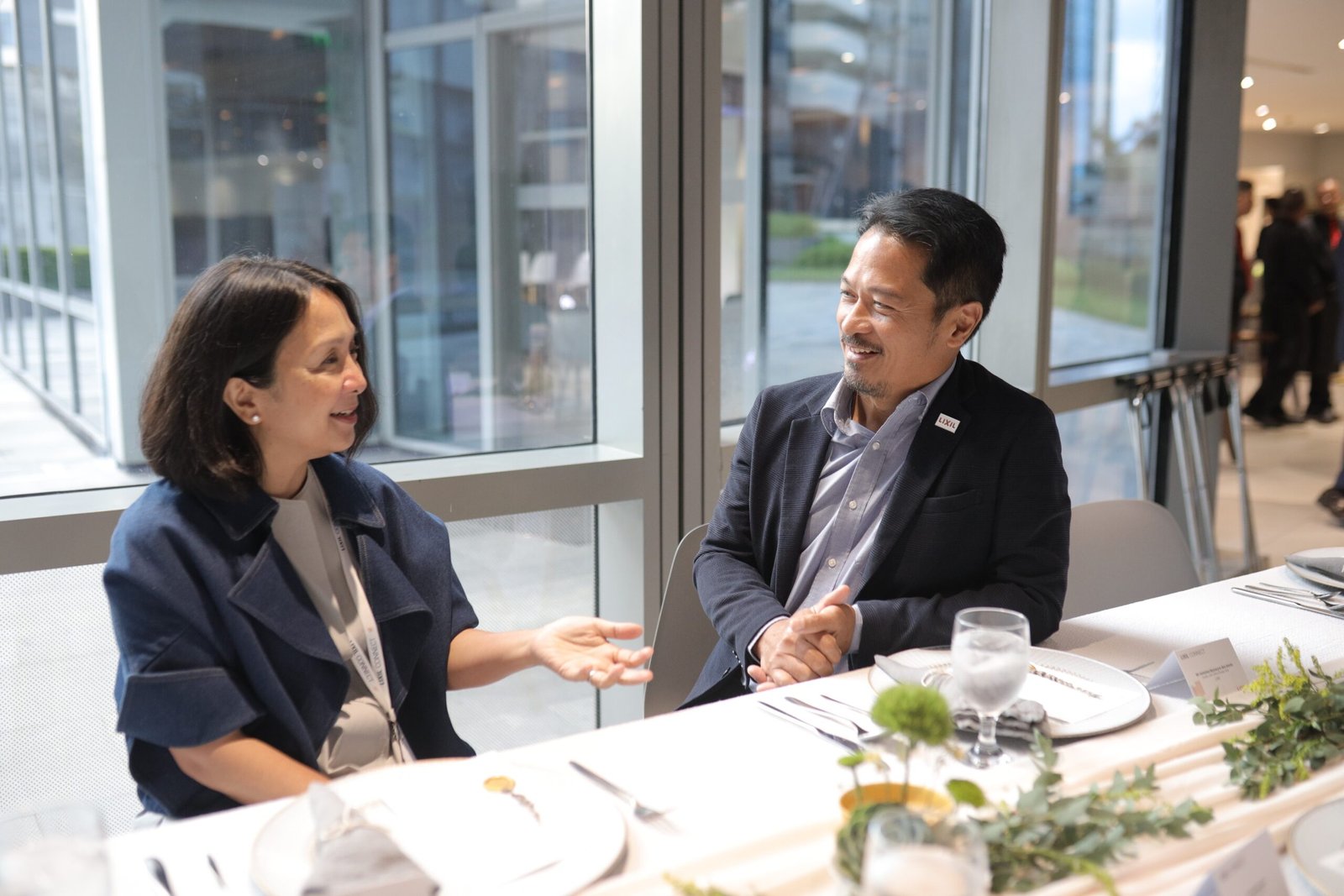
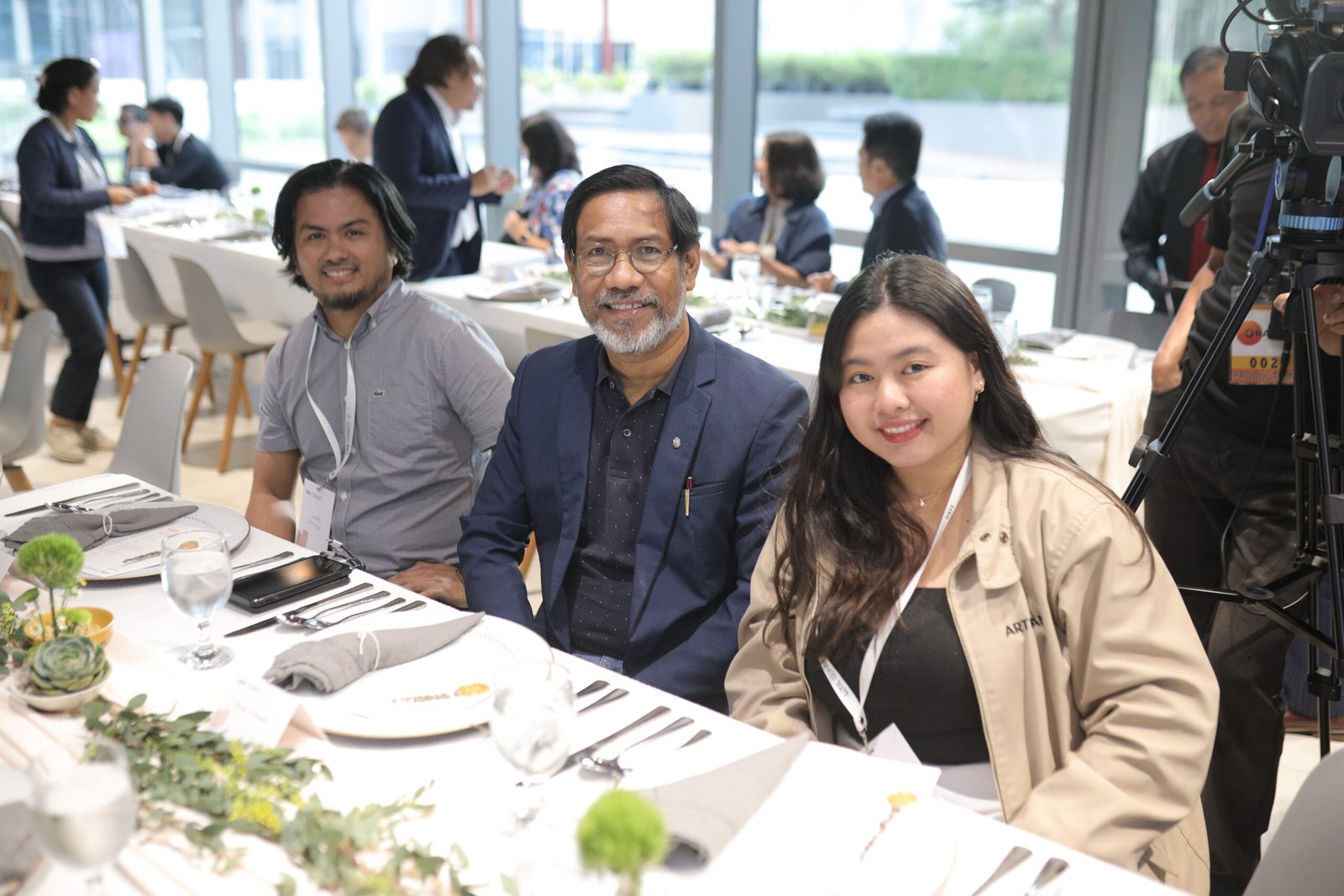
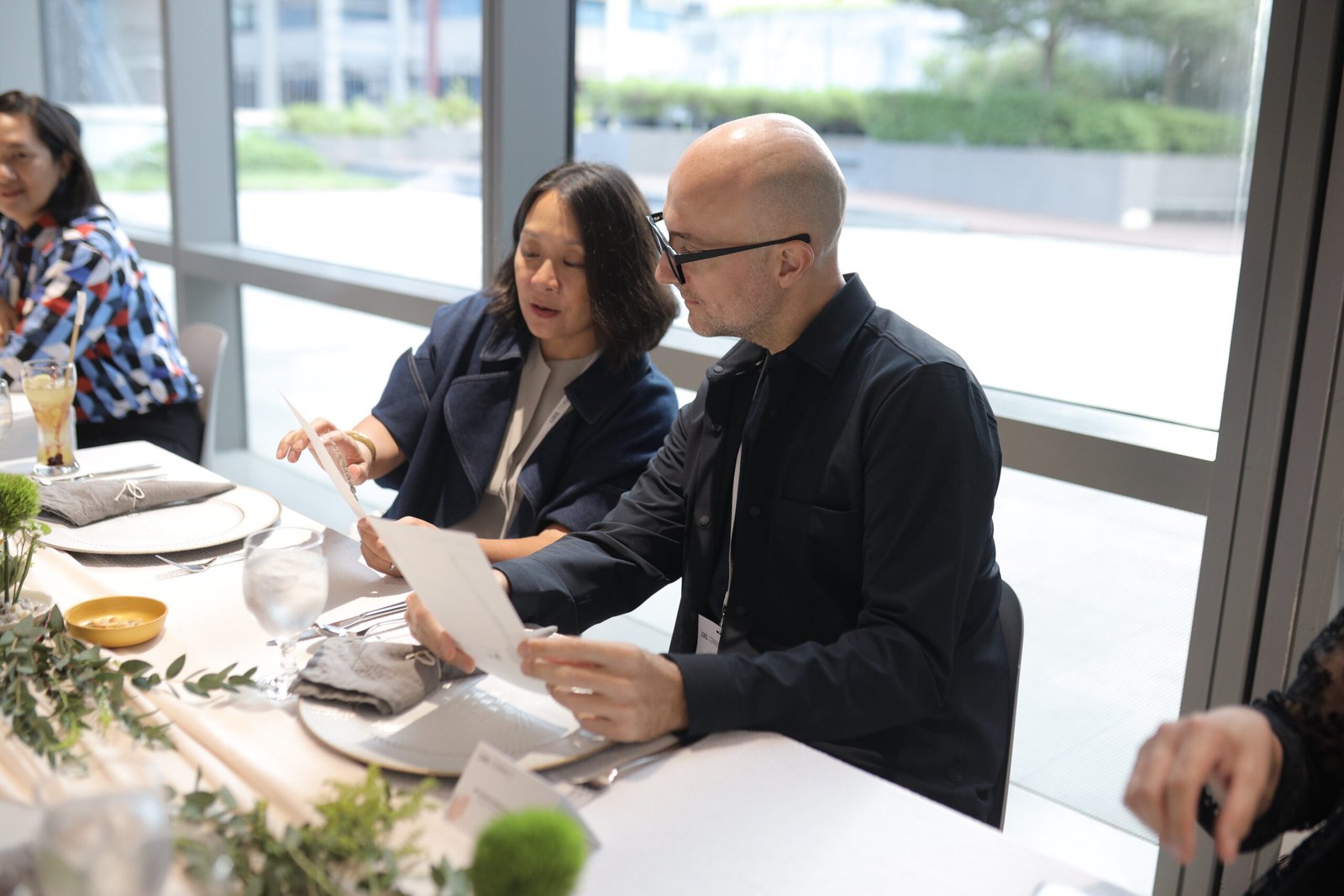
Watch the first-ever LIXIL CONNECT Manila design dialogue on YouTube.
